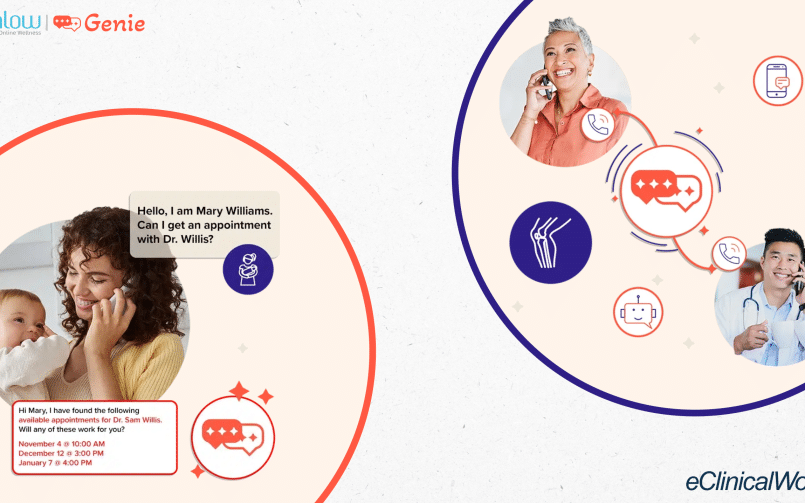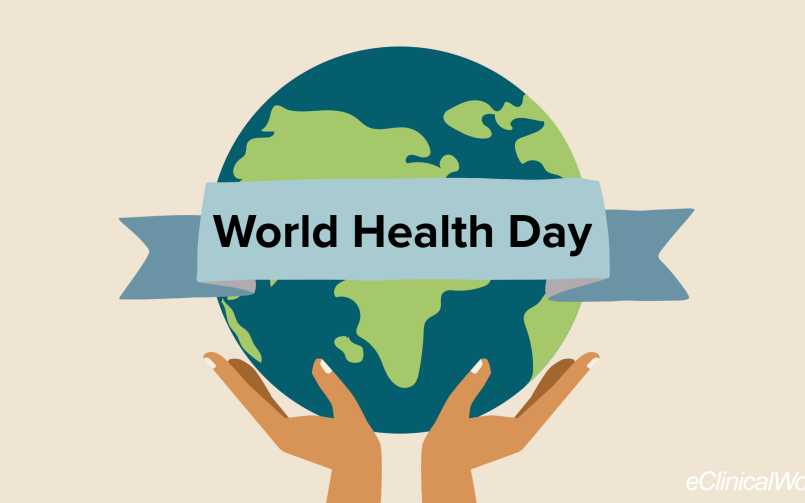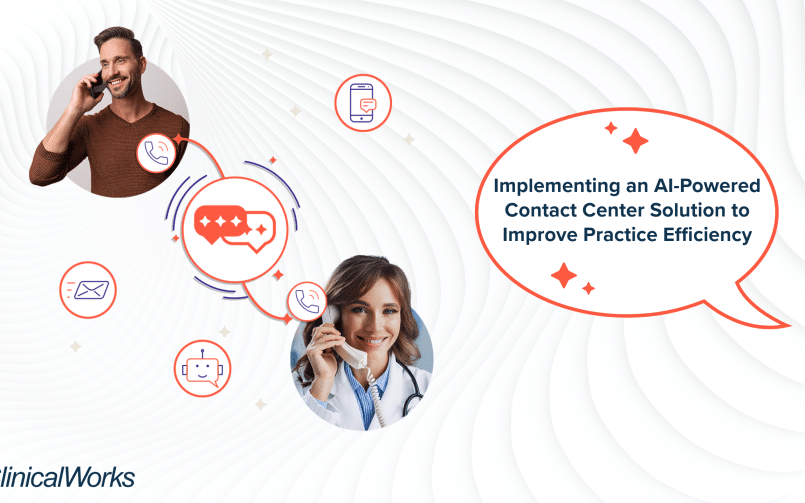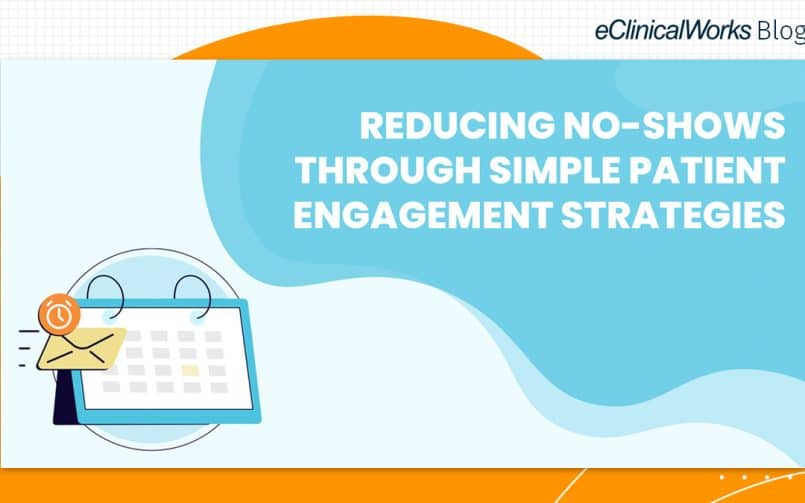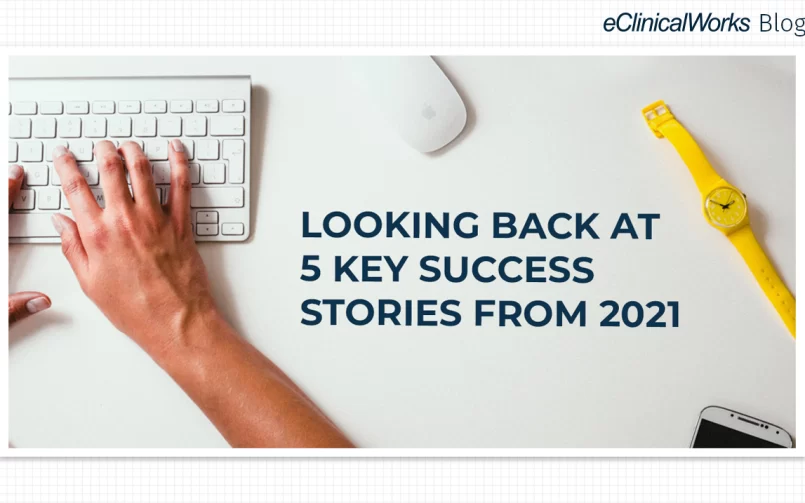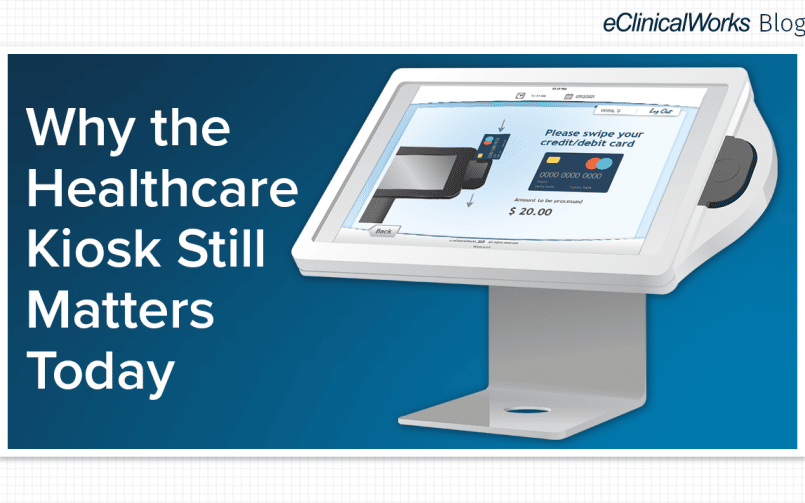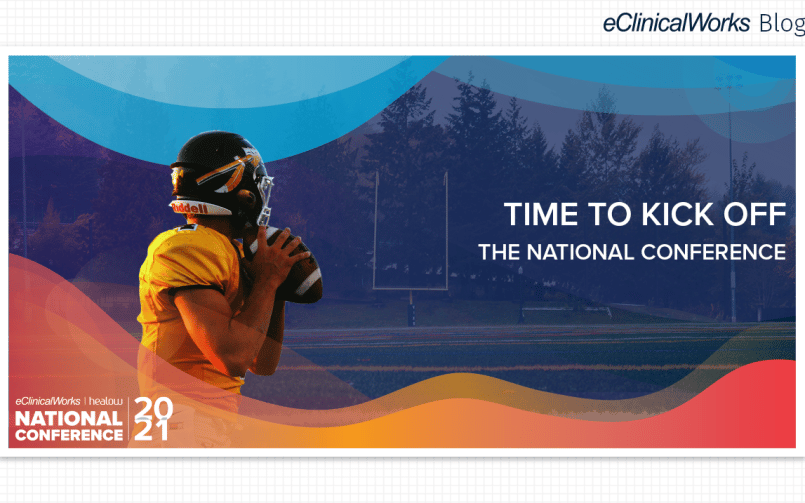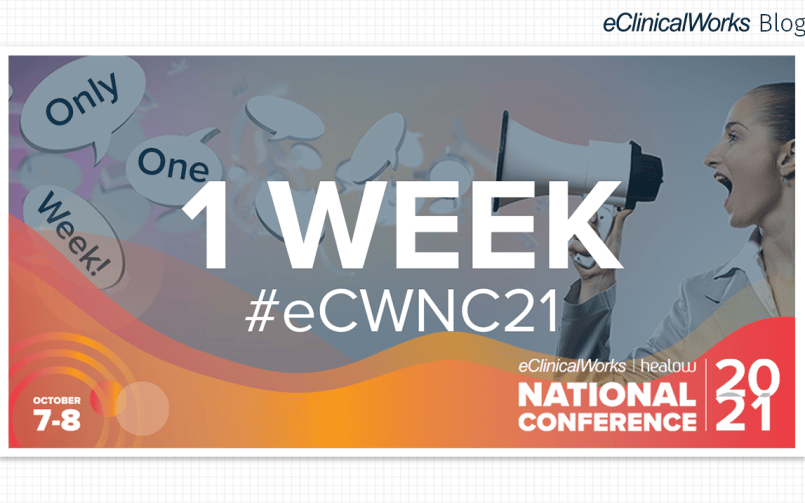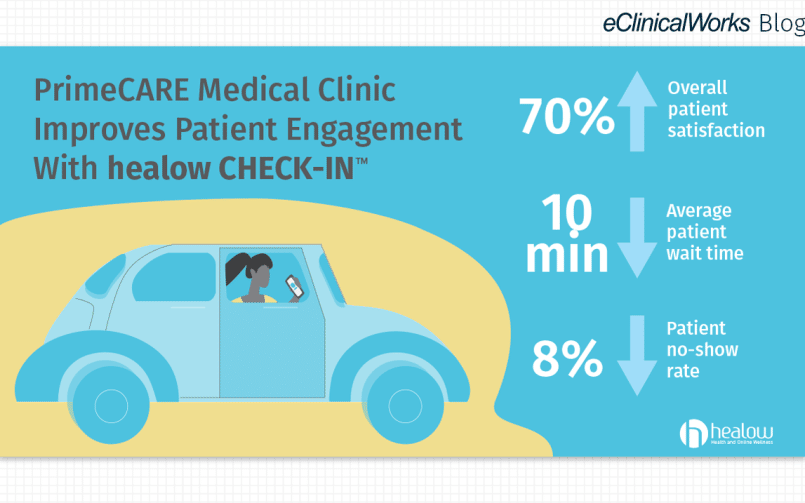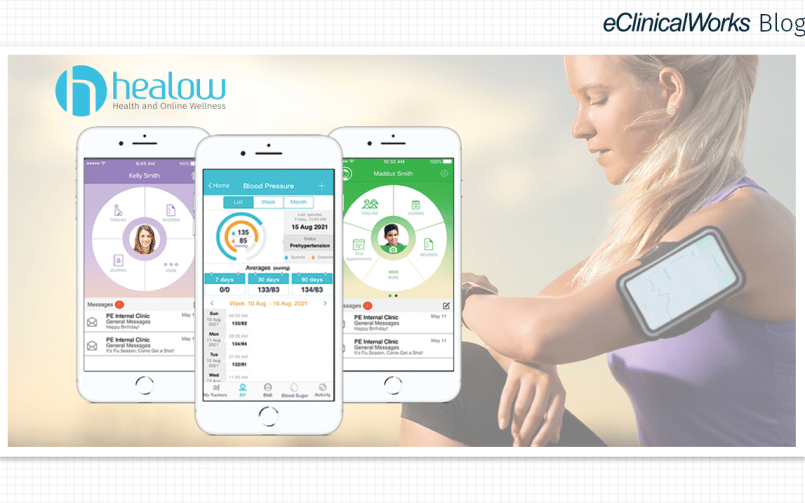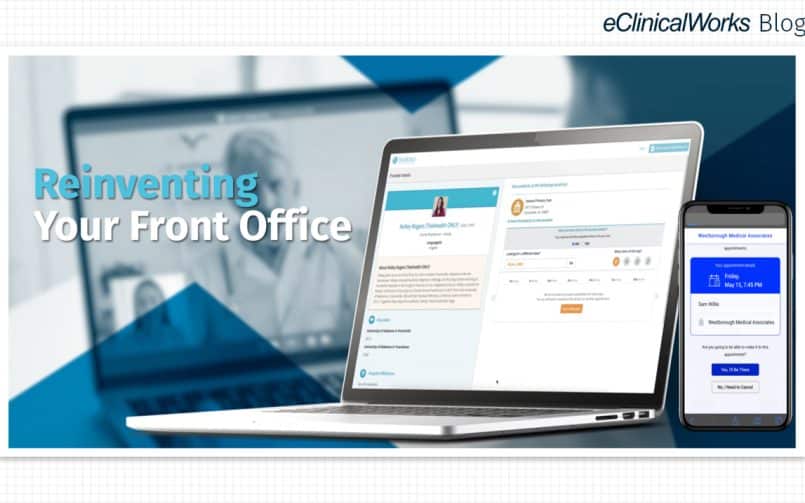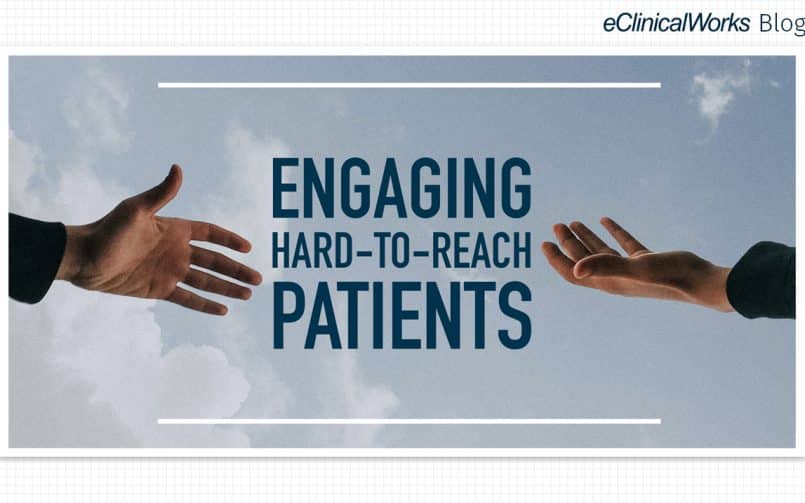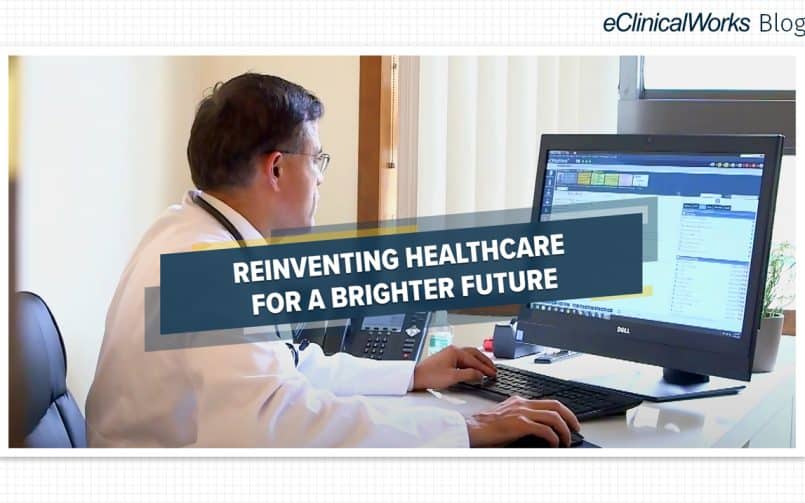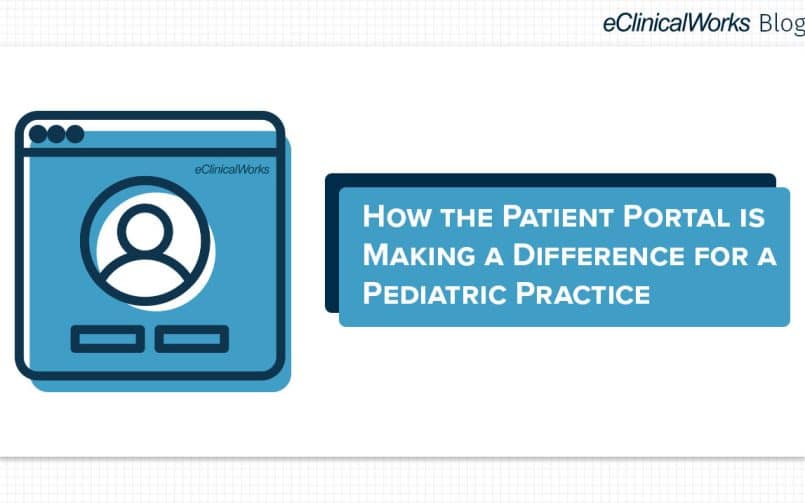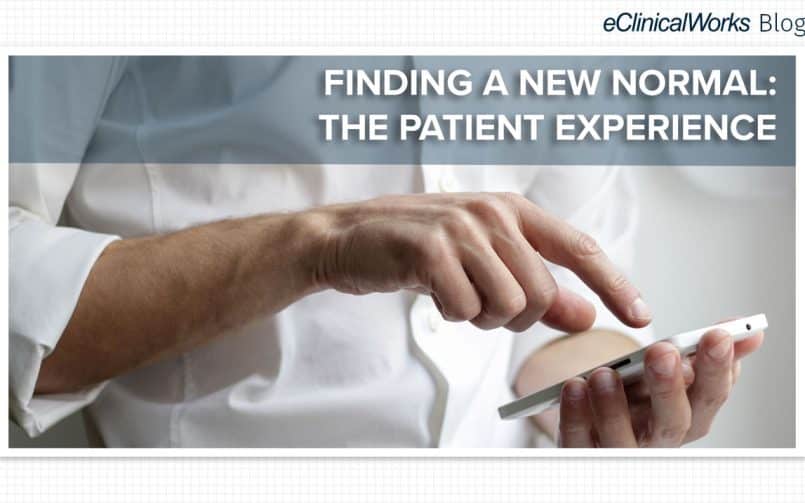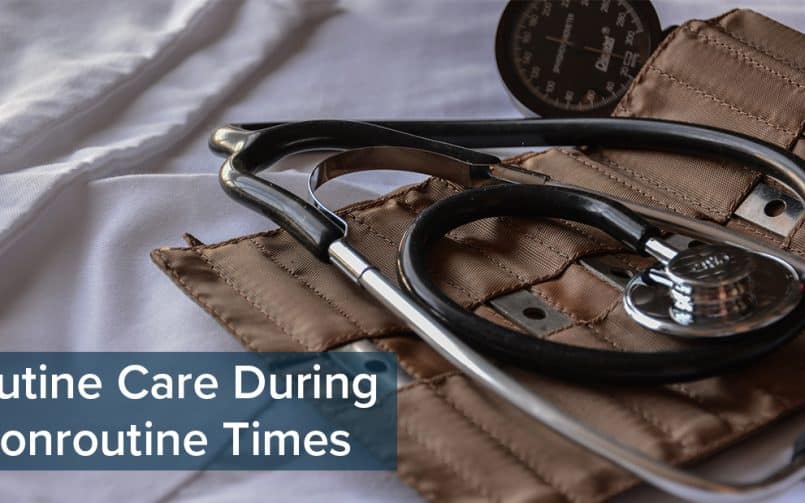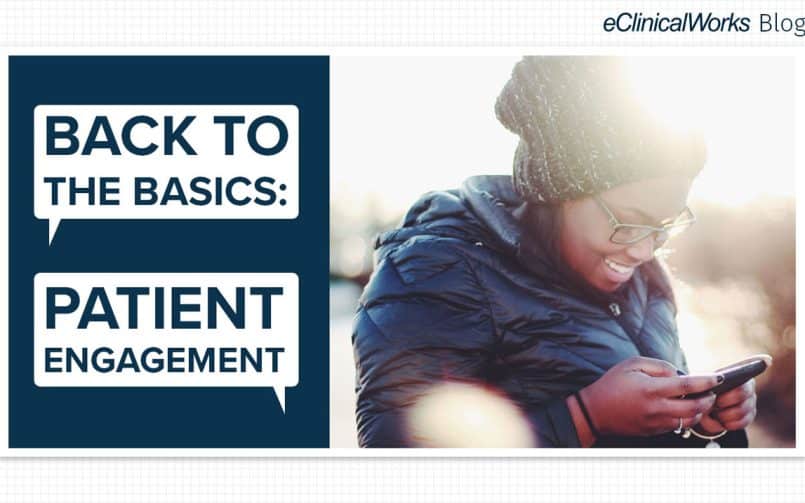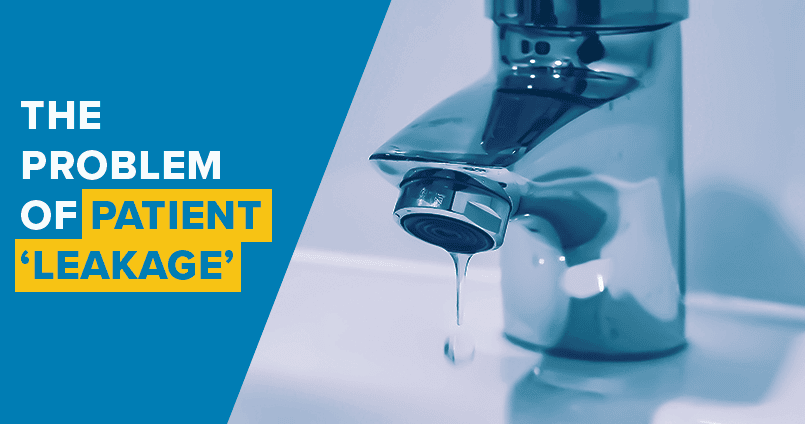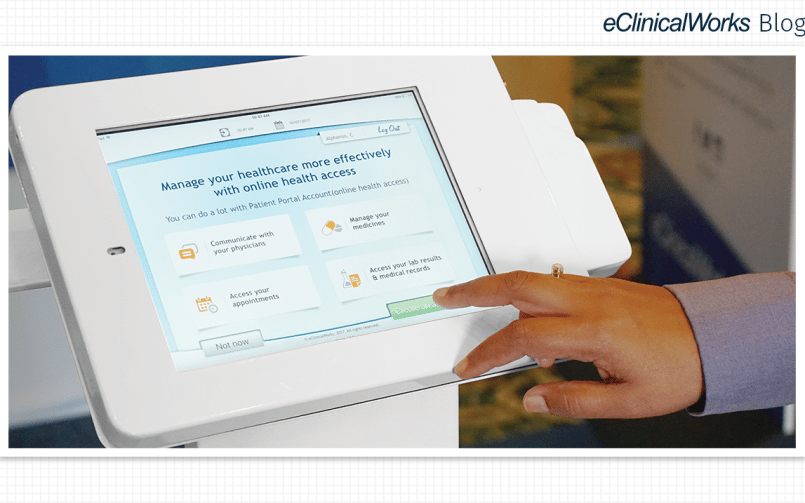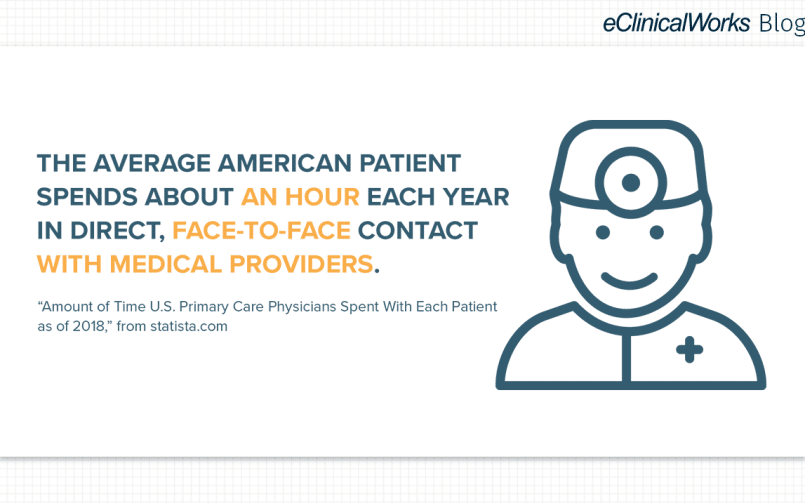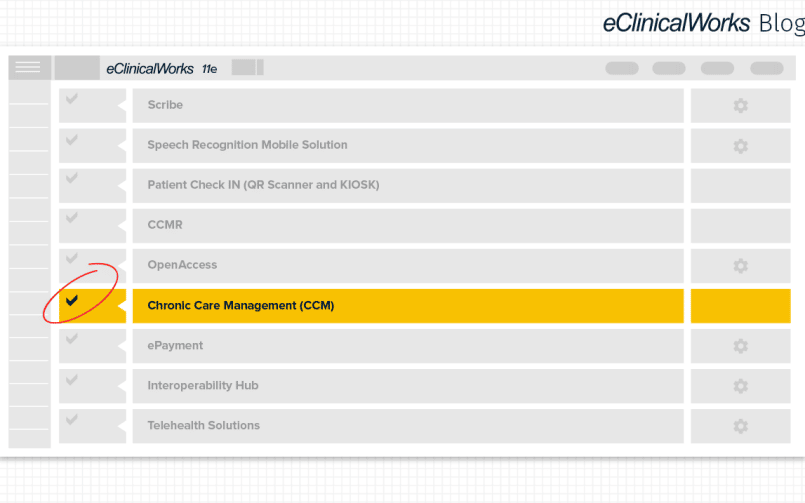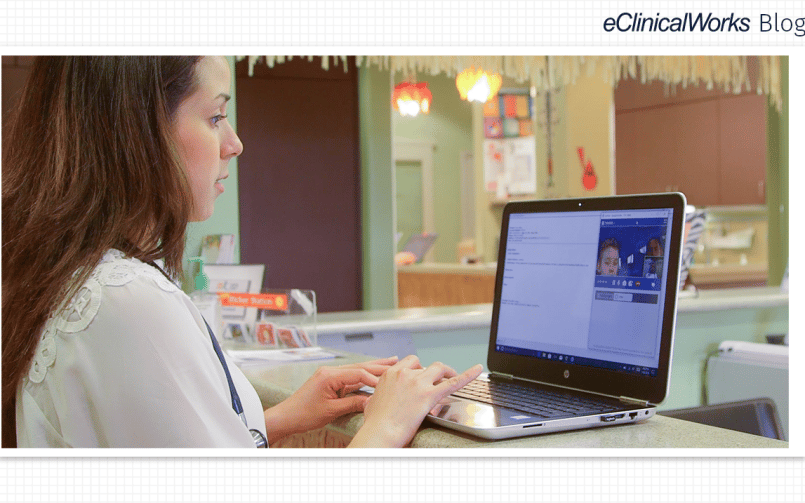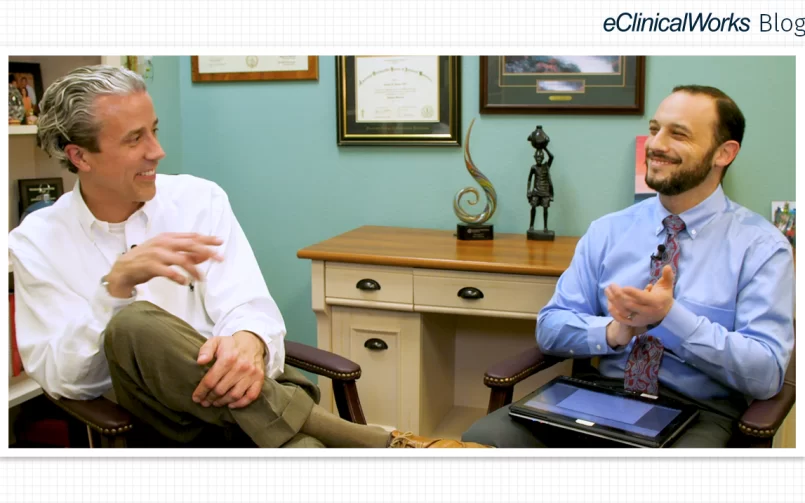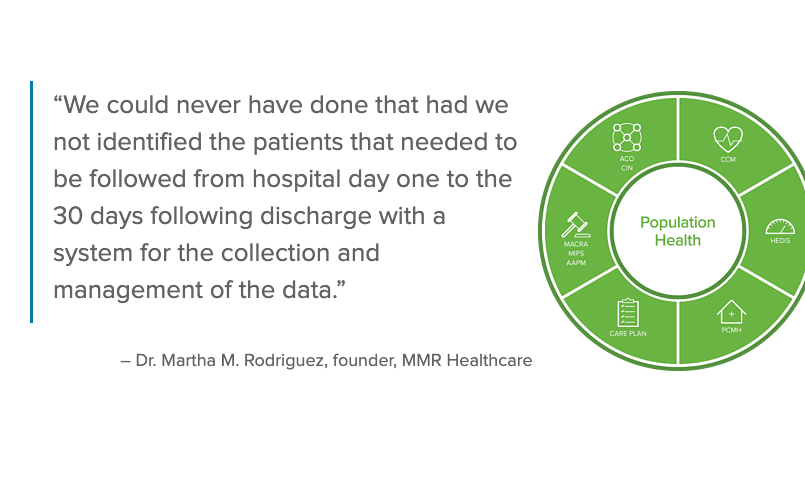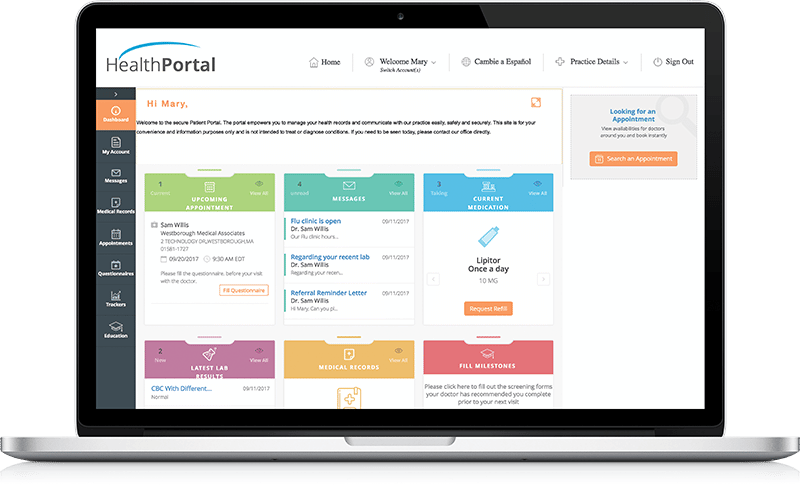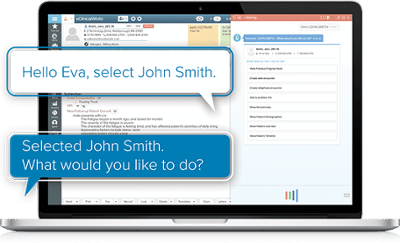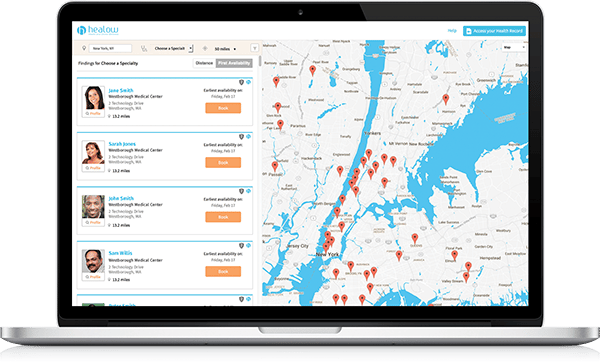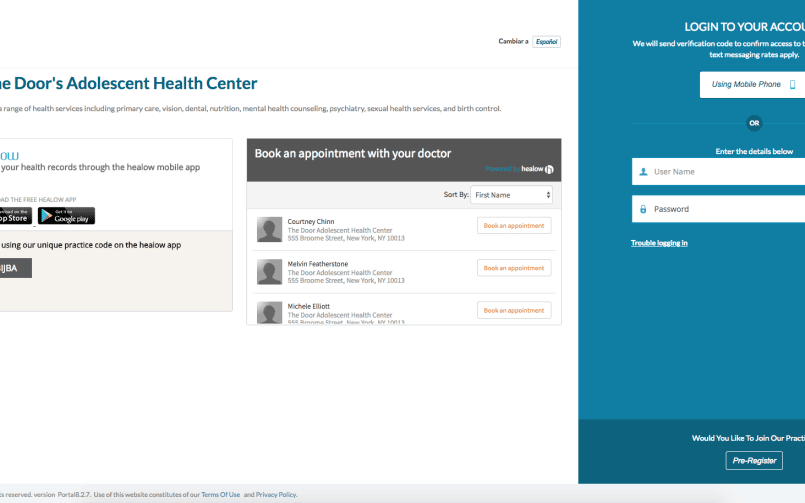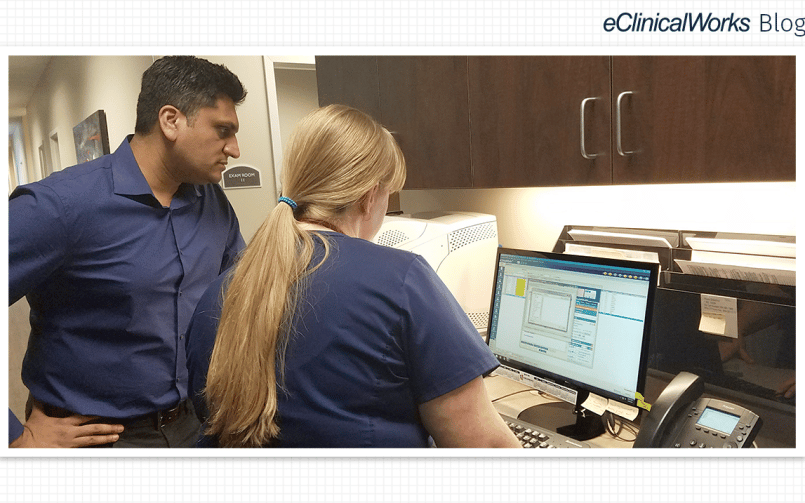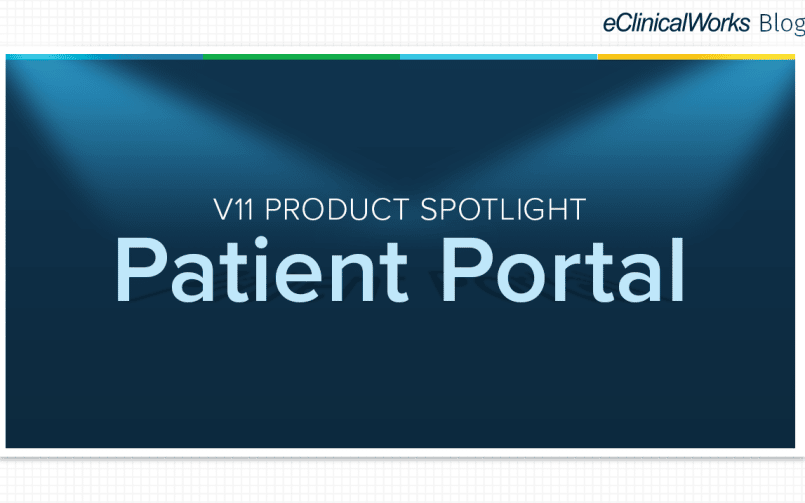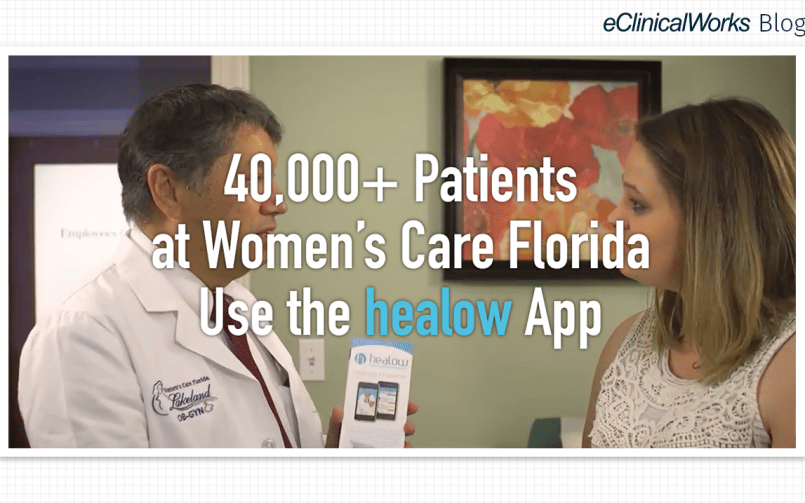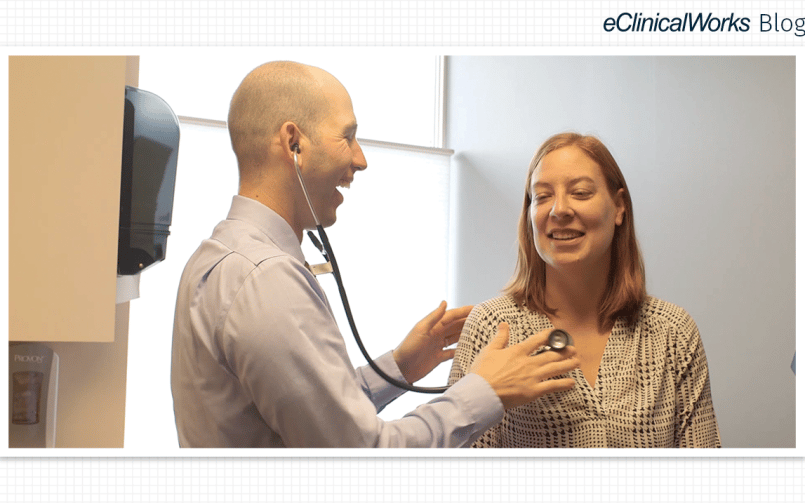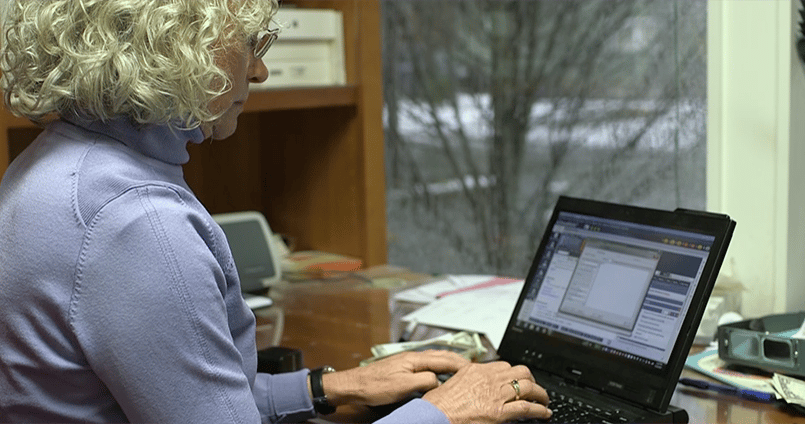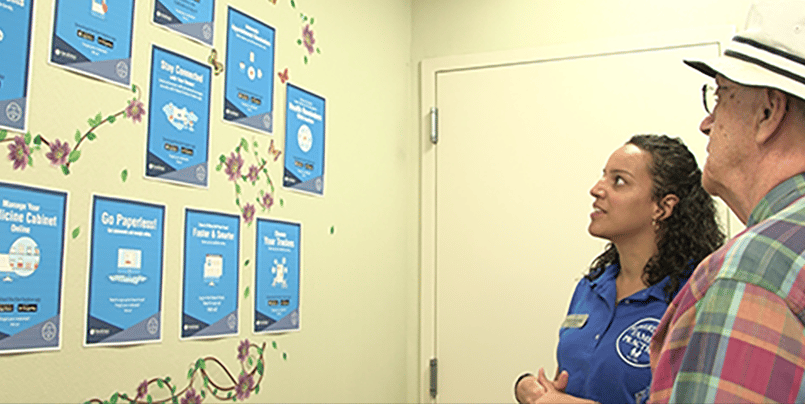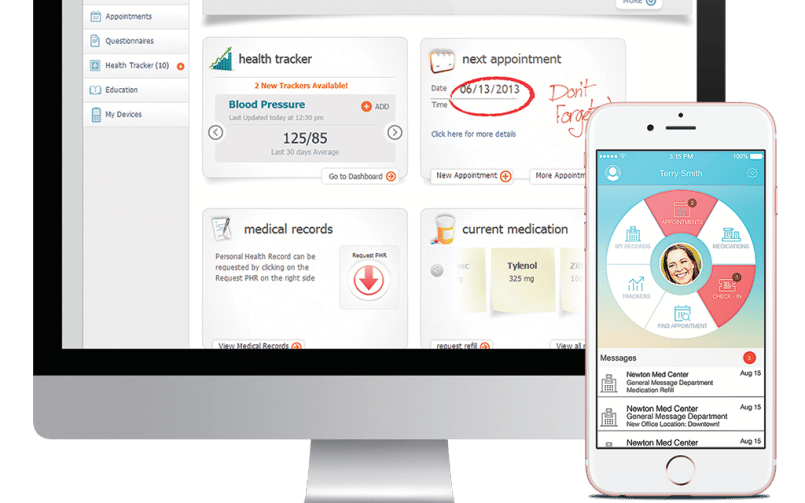Grove Medical: Tackling Diabetes with Healthcare IT
- 18 September 2017
- Blog
eClinicalWorks
If there is such a thing as the perfect illustration of how a medical practice should adopt Electronic Health Records, it may be Grove Medical Associates in Auburn, Massachusetts. Over the last 12 years, from their Go-Live with eClinicalWorks to meeting the challenges of value-based medicine, the physicians and staff at Grove have demonstrated excellence and innovation that are models for the industry.
In 2005, Grove recognized they needed Electronic Medical Records to help deliver high-quality care and ensure patient safety. They chose eClinicalWorks for its comprehensiveness, ease of use, integrated Practice Management solutions, and commitment to service.
The results? Better workflows, streamlined communications, and increased Patient Engagement.
In 2006, only one Grove physician had scored in the 90th percentile for the Blue Cross Blue Shield of Massachusetts Preventive Measure Incentive System. In each of the next three years, every physician met that benchmark.
Thousands of Grove patients started using Patient Portal to access their health records, check lab results, and request appointments and prescription refills.
And in 2015, Grove received the HIMSS Nicholas E. Davies Award for excellence in healthcare IT implementation among ambulatory practices.
Time for an Encore
For many organizations, such results and recognition might have been seen as a signal to stay the course. Not at Grove Medical. There, providers and staff decided to take on still bigger challenges, including making a difference in some of the most intractable problems in healthcare, including high blood pressure, obesity, and high rates of Type 2 diabetes.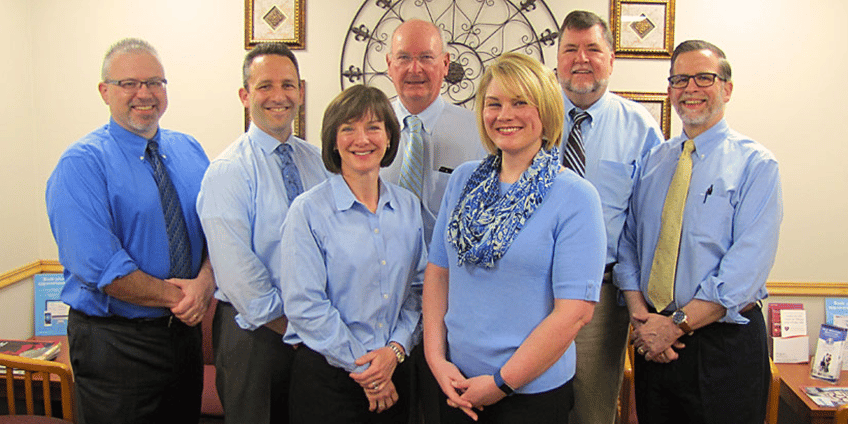
Over three months in the summer of 2015, eClinicalWorks and Grove Medical Associates monitored the health habits of a group of patients. With medical tracking devices from iHealth and Withings, patients began to learn new habits and incorporated physicians’ advice about diet, health and exercise into their daily lives.
Marianne, a cancer survivor, wanted to lose about 30 pounds and build up her walking endurance. Jim, a pet food company vice-president, was wary of his family history of heart disease, and wanted to make changes to improve his general health. Watch Marianne’s story.
Jim and Barbara, married for more than 35 years, wanted to encourage one another — to better control his diabetes and keep her more active and less fatigued.
William, just past 40, had come to a point in life where he realized he needed to change his dietary and exercise habits so as to be in good health as his children — then ages 5 and 18 months — grew up.
Useful, Realistic Approaches
Given the daunting challenges, everyone involved knew there would be no easy answers or miracle cures. Consider Type 2 diabetes, for example. As of 2014, according to the Centers for Disease Control, an estimated 29.1 million Americans, 9.3% of the U.S. population, had Type 2 diabetes.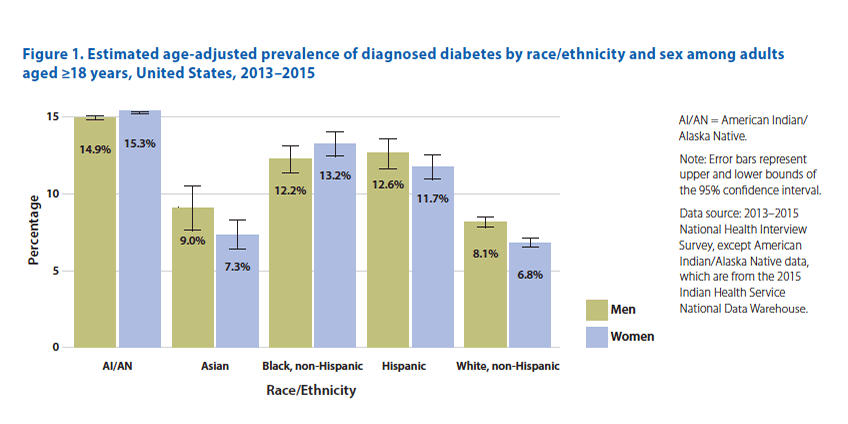
National Diabetes Statistics Report, 2017, https://www.cdc.gov/diabetes/pdfs/data/statistics/national-diabetes-statistics-report.pdf
Of even greater concern, health authorities believe that a quarter of those, more than 8 million people, have not received a formal diagnosis, and thus may not be receiving the care they need or taking care of their health as well as they should be in order to ward off additional problems.
Patients and physicians at Grove set realistic, simple goals. Simply by having devices to track blood pressure, heart rates, steps, and sleep, they hoped to build new, healthier habits.
Detecting a Heart Attack
For Jim, the pet food company VP, the impact of the program would prove to be life-saving.
On Thursday, July 30, 2015, just a week into his new regimen, he told his wife, Michelle, that he hadn’t seen a blood pressure reading this good — 128/79 — in years. Early the next morning, however, he awoke in a sweat, with pain in his left arm. He thought it was indigestion. But when the feeling persisted later that morning, he twice took his blood pressure, and got alarmingly high readings. Michelle insisted they go to the doctor, where it was confirmed that Jim had had a mild heart attack. Watch more about Jim’s story.
Fortunately, medication and dietary and lifestyle changes helped Jim recover. And it did something more. Jim began to encourage his friends to get health trackers, touting their value for giving early warning of health problems, and noting how easily they can integrate data into their doctors’ EHRs in real time.
Less Dramatic, No Less Valuable
Other participants in the three-month tracking effort saw results that, if less dramatic, were no less profound for their long-term health.
Jim and Barbara, who had hoped to bring down their blood pressure and kick up their exercise, were happy. Jim said the program created awareness, and began to change his habits for the better. Barbara, while not losing as much weight as she wanted, has become much more conscious of her activity.
William said that he has begun to put the pieces of the heath puzzle together, linking his diet and exercise habits to the way he feels, recognizing that small, important changes in his diet can product measurable results.
And one participant echoed conventional medical wisdom, which has long identified excessive sodium as a major risk factor in rising levels of diabetes and other chronic health conditions: “Anything with salt. Just without the salt, 10 pounds just kind of came off by itself.”
Lessons for the Medical Future
While the participating patients have reaped the most immediate rewards, even more significant benefits may lie in the lessons learned by Grove’s physicians that can be applied over their entire patient population:
- Patients are curious about trackers and want to use them, but still need guidance from their doctors. The 2015 study of selected patients suggests there is great value in helping patients learn how to use the trackers, making it easy for them, and keeping them engaged in an ongoing conversation with their providers, rather than leaving them entirely on their own.
- The knowledge and evidence gathered in small-scale, informal programs such as the 2015 study is more useful still when it informs a practice’s long-term thinking about the management of chronic medical conditions. Too many practices remain unprepared for properly managing such conditions, which will be increasingly prominent in the years ahead as the U.S. population ages, and lie at the very core of value-based medicine.
“I would love to see insurers offer FitBits to their patients. I would like to see the physi





